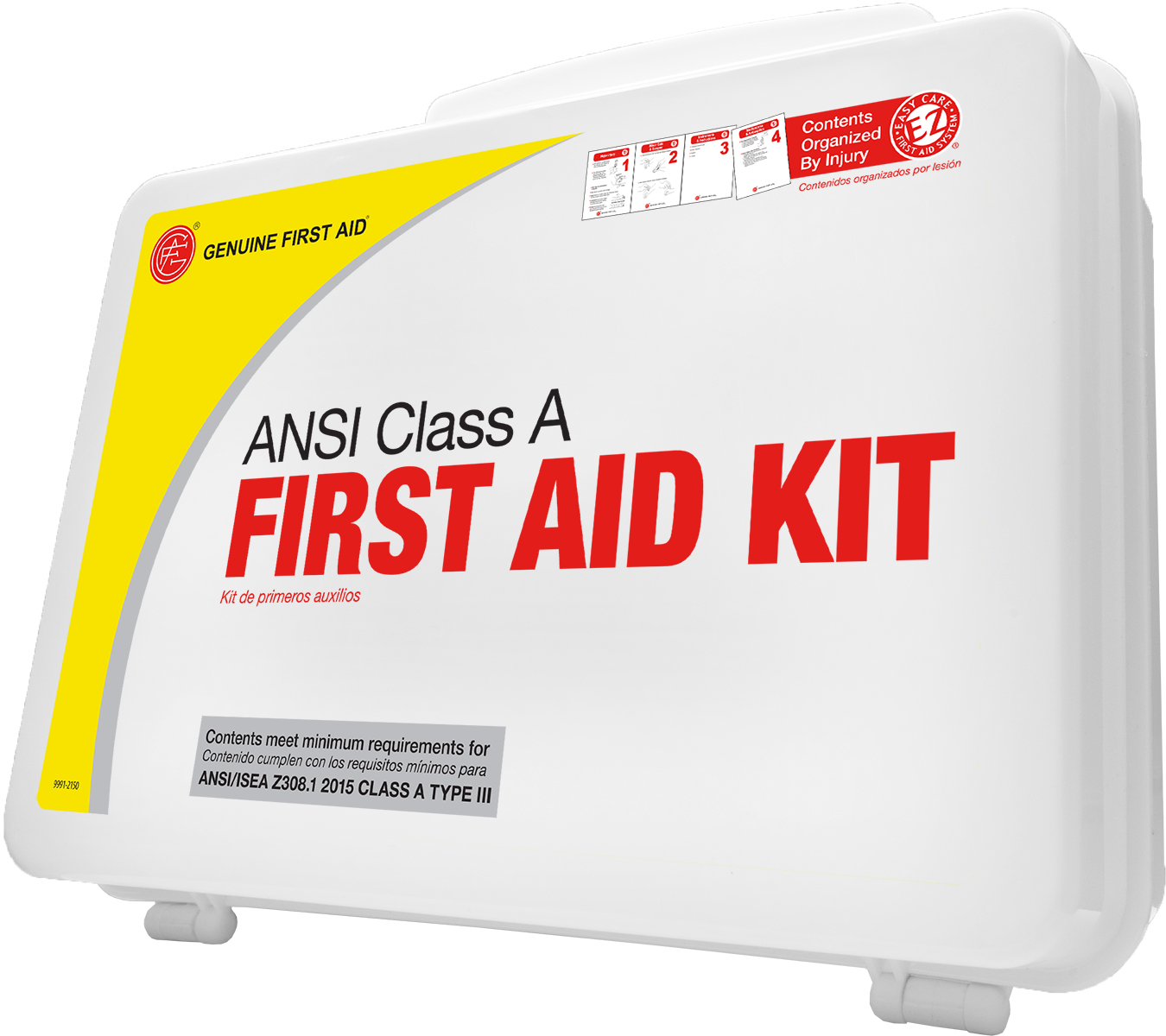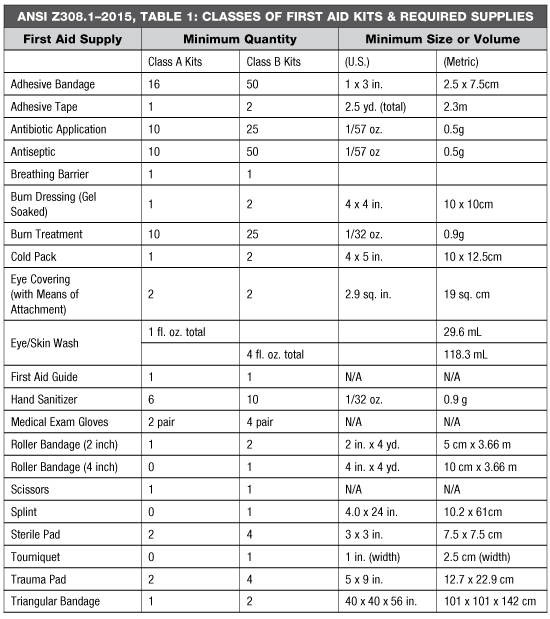National Safety Month: First Aid

To kick off safety month, CP Lab Safety focuses on an important–though rarely considered–aspect of the workplace: Emergencies and First Aid. While workplaces differ in the level of hazards present (working in an office is very different from working on a construction site) there’s always a risk of accidental injury. Assessing your workplace for safety and compliance can help prevent accidents from developing into serious consequences. Of course, accidents can occur occasionally regardless of your diligence, resulting in minor injuries that require the use of first aid treatment. In extreme circumstances cardiac arrest, seizure or poisoning require properly trained employees to assess the situation and possibly take action before First Responders arrive. Ensuring that employees know how to respond to an emergency can save lives.
According to the National Safety Council, “25% of all emergency room visits can be avoided with basic first aid and CPR certification.” Investing in first aid training for employees can help prevent the loss of health, time and money. Use safety training videos and testing to ensure that your employees know what to do when any difficult situation arises.
If you are trained in
first aid, the National Safety Council recommends to take the following steps
if a life threatening emergency occurs:
- Recognize the Emergency

- Check the area for safety (If it’s not safe, don’t enter)
- Check the victim and ask permission to provide assistance
- Call 9-1-1 when appropriate
- Care for the person
- Have the person seek medical attention when needed
Through proper training, employees can deal with every day injuries and retain the knowledge to respond correctly. The National Safety Council offers free online first aid training courses to help prevent incorrect medical treatment.
With adequate training, proper tools must be available. The new ANSI (American National Standards Institute) and ISEA (International Safety Equipment Association) regulation Z308.1-2015 goes into effect June 17, 2016, setting new standards for supply requirements for first aid kits (Class A and Class B) in the workplace, based on the severity of working conditions. Class A first aid kits contain necessities to deal with basic workplace injuries such as lacerations. Class B kits have the same supplies as Class A, but with larger quantities lending themselves to more hazardous work environments, such as construction.

As with any First Aid Kit, it is important to periodically check the contents for expired or replenishable products. CP Lab Safety carries a variety of first aid kits and cabinets to serve the needs of any work environment). By maintaining a well-rounded safety culture in your workplace, both you and your employees can avoid injury, citations, and possibly save lives.
Recent Posts
-
Disinfecting Surfaces in the Era of Covid and EPA Registered Commercial Disinfectants and Viricides
The disinfection of surfaces at home, in public spaces, and in hospitals and clinics needs to be a …15th Jan 2023 -
Working with Inorganic Acids in the Laboratory: A Practical Guide
Working with Inorganic Acids in the Laboratory Acids are of great importance in the laboratory and a …5th Jan 2023 -
The Top 12 Drinking Water Contaminants
1.Lead- from older plumbing systems pre-1986, when lead pipes, solder, and components were banned. …14th Dec 2022
